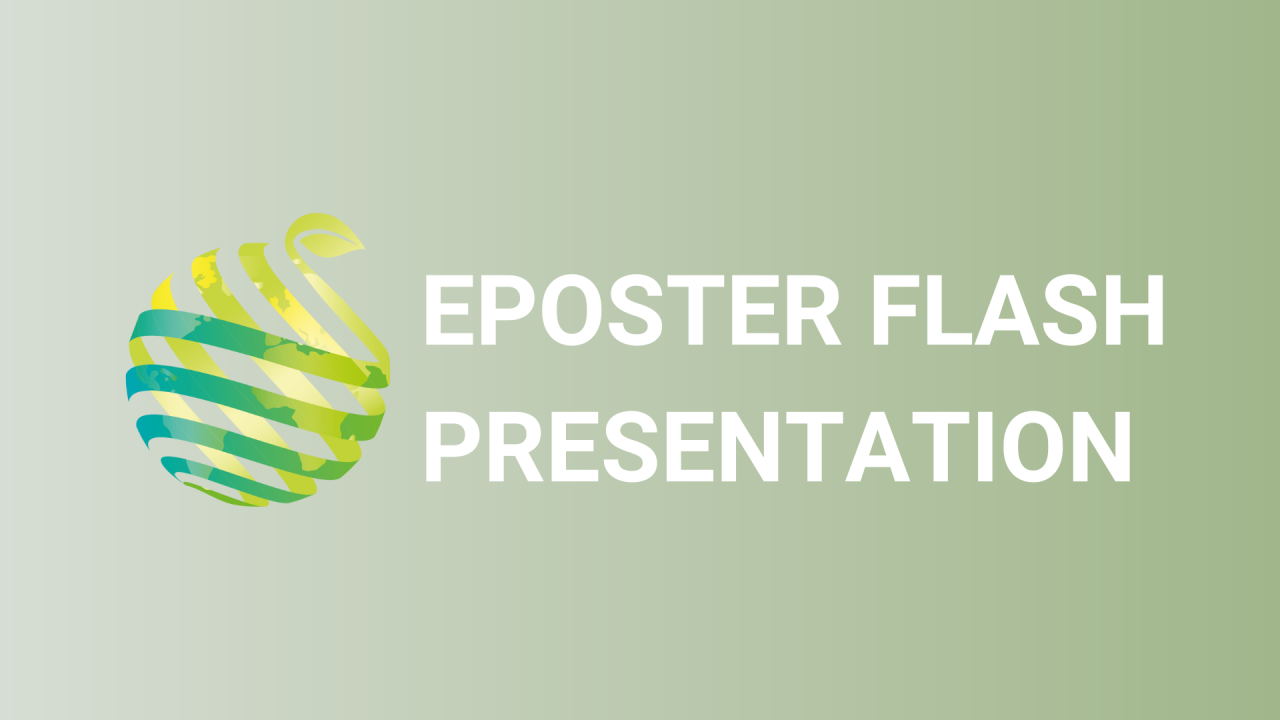

S05 - Session P1 - Pre- and post-harvest environmental conditions affect the vase life and gray mold of cut roses in smart farm
Information
Authors: Young Boon Lee *, Je Yeon Yeon, Wan Soon Kim
Botrytis cinerea , the causal agent of gray mold, is a major determinant of cut rose flower quality and vase life after harvest. In this study, we discussed the effect pre- or post-harvest environment of a smart farm, which manages the cultivation environment using ICT in remote environment control devices such as air temperature, relative humidity, light, and CO 2 , according to the four seasons on vase life, and gray mold of cut rose 'Victoria' flowers. The vase life and gray mold incidence rate of winter in January, spring in April, summer in July, and autumn in October were 15 days (60%), 17.2 days (20%), 13.1 days (0%), and 10.8 (80%), respectively. The cut rose flowers in autumn, which had a short vase life and a high incidence of gray mold had the lowest chlorophyll meter values of leaves and the highest number of bacteria in the reservoir of the smart farm after harvest. As a result of correlation analysis, the vase life was highly correlated with the preharvest accumulated and average light and the postharvest sugar content of flowers, the chlorophyll meter values of leaves, and the number of bacteria in the reservoir of the smart farm. The incidence of gray mold was highly correlated with preharvest accumulated air temperature, accumulated and average relative humidity, vapor pressure deficit, the postharvest chlorophyll meter values of leaves, and the number of bacteria in the reservoir of the smart farm.